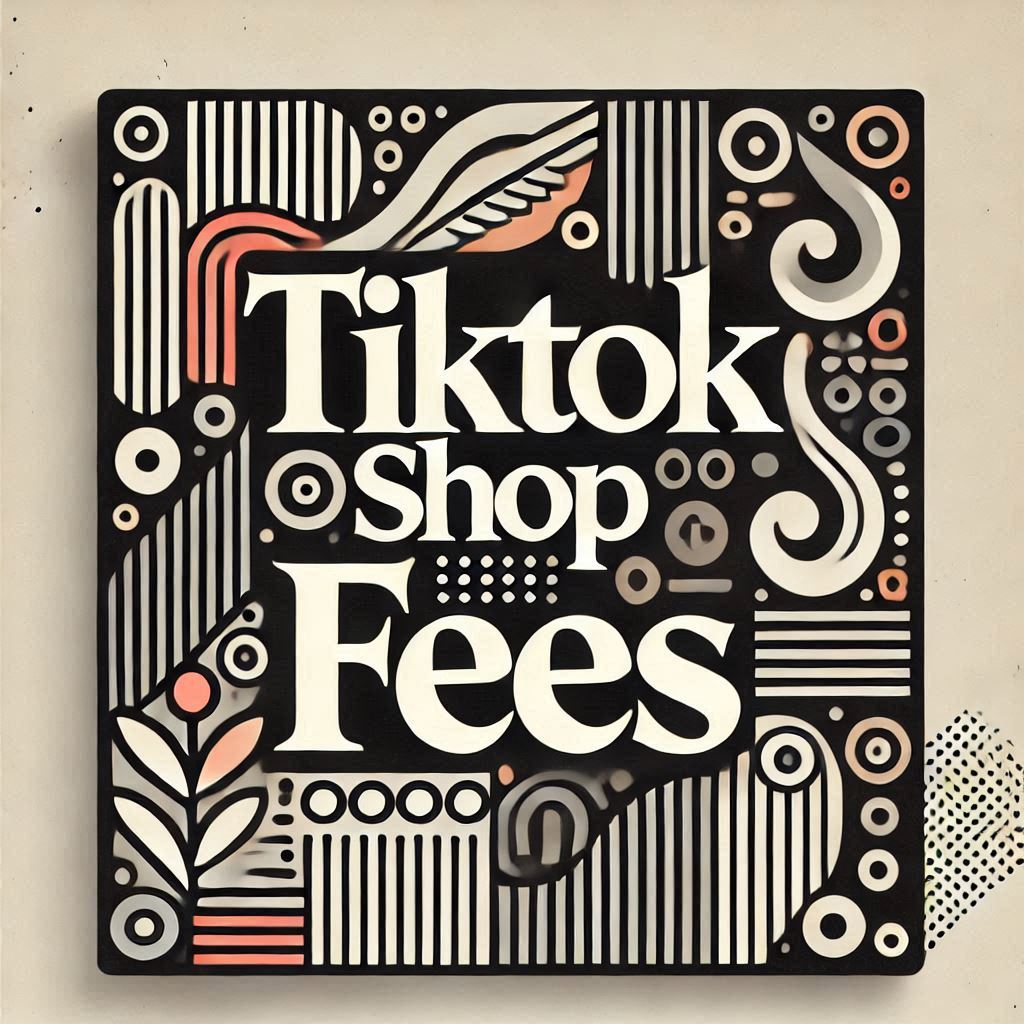Selling on TikTok Shop presents a fantastic opportunity to connect with a massive, engaged audience. However, understanding the associated costs is essential for achieving profitability. What are TikTok Shop fees, and how do TikTok Shop charges impact your earnings? This guide will break down the fee structure, helping you maximize your profits while navigating the platform’s costs.
Table of Contents
- Introduction
- Commission Fees
- Payment Processing Fees
- Additional Fees (If Applicable)
- Managing Your TikTok Shop Finances
- Strategies to Minimize Fees & Maximize Profits
- FAQ
- Conclusion
Introduction
TikTok Shop has quickly become a preferred platform for businesses of all sizes to sell products, leveraging the viral power of short-form videos. Its seamless shopping experience combines social media and e-commerce, creating a vibrant marketplace. However, like any selling platform, TikTok Shop charges various fees that sellers must understand to ensure profitability.
In this guide, we’ll explore what TikTok Shop fees are, break down the different costs involved, and provide tips for managing these fees effectively. Whether you’re new to TikTok Shop or an experienced seller, this information will empower you to optimize your financial strategy.
Commission Fees
What Are TikTok Shop Fees for Commissions?
Commission fees are a percentage charged on every sale made through TikTok Shop. These fees vary depending on the product category and your region. For instance, if TikTok Shop sets a 5% commission rate for clothing, selling a $20 t-shirt would incur a $1 commission fee.
This fee structure is deducted directly from your payouts, so understanding the applicable rates for your products is crucial. Sellers must factor these TikTok Shop charges into their pricing strategy to maintain healthy profit margins.
Payment Processing Fees
The Role of Payment Processing Fees
In addition to commission fees, TikTok Shop charges payment processing fees to cover the costs of handling transactions. The percentage or flat fee depends on the payment gateway and your location. For example, credit card transactions typically incur a small percentage fee.
These processing fees can vary slightly based on currency and payment method, but they are an integral part of selling on TikTok Shop. Understanding this element ensures you accurately calculate your net income from each sale.
Additional Fees (If Applicable)
Other Costs to Consider
Beyond the standard commission and payment processing fees, there may be other TikTok Shop charges to keep in mind:
- Shipping Fees: If you use TikTok’s integrated shipping program, you may incur additional costs.
- Currency Conversion Fees: Selling internationally could lead to conversion charges, depending on your payout currency.
- Product-Specific Fees: Certain categories, such as electronics, may involve unique taxes or duties.
By staying informed about potential additional fees, you can avoid surprises and better manage your financial strategy.
Managing Your TikTok Shop Finances
Staying on Top of TikTok Shop Charges
Effective financial management is key to long-term success on TikTok Shop. Use TikTok’s seller dashboard to track sales, payouts, and fees in real-time. Pair this tool with external accounting software or spreadsheets to monitor your income and expenses comprehensively.
Regularly reviewing your fees will help you identify areas for improvement, such as optimizing product pricing or adjusting your inventory strategy. Incorporating TikTok Shop charges into your financial planning ensures you remain profitable and competitive.
Strategies to Minimize Fees & Maximize Profits
Practical Tips for Success
While TikTok Shop fees are unavoidable, there are ways to minimize their impact:
- Optimize Pricing: Account for commission and payment processing fees when setting your product prices.
- Offer Bundles: Selling items in bundles may reduce processing fees per item, increasing profitability.
- Leverage Organic Marketing: Use TikTok’s algorithm to promote your shop through engaging videos, reducing the need for paid ads.
Proactively managing your costs and experimenting with pricing strategies will help you succeed on the platform.
FAQ
1. How are fees handled if a customer returns an item?
If an item is returned, TikTok Shop typically refunds the commission fee, but payment processing fees may not be refundable. Check TikTok’s official seller guidelines for detailed policies.
2. Are there any setup fees or recurring subscription costs associated with TikTok Shop?
Currently, TikTok Shop does not charge setup or subscription fees. Always consult TikTok’s documentation for the most up-to-date information.
3. What’s the process for updating my payment information on TikTok Shop?
You can update your payment information directly in the TikTok Shop seller dashboard under the payments or payouts section.
4. Do commission fees also apply to the cost of shipping?
No, commission fees generally apply only to the product’s price, not the shipping cost. Confirm this with TikTok Shop’s documentation to avoid confusion.
5. Where can I access more resources and support related to TikTok Shop fees?
For the most reliable information on TikTok Shop fees, visit TikTok Shop’s official help center or seller resources.
Conclusion
Selling on TikTok Shop is an excellent opportunity to reach a wide audience, but understanding the platform’s fees is essential for success. By learning what TikTok Shop fees are, staying informed about TikTok Shop charges, and implementing strategies to manage costs, you can maximize your profits while thriving in this unique marketplace.
Make sure to regularly consult TikTok’s official resources for updates on their fee structure, and apply the tips shared in this guide to make informed decisions for your business. Success on TikTok Shop starts with understanding the financial landscape—take charge today!

